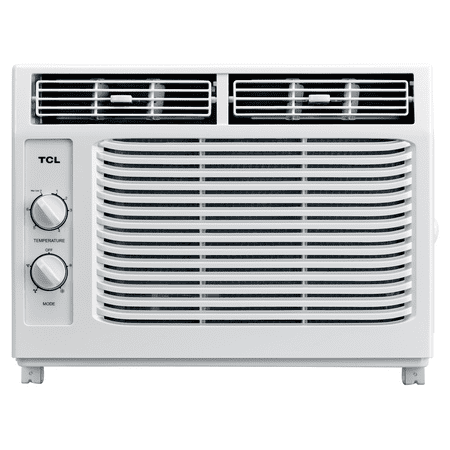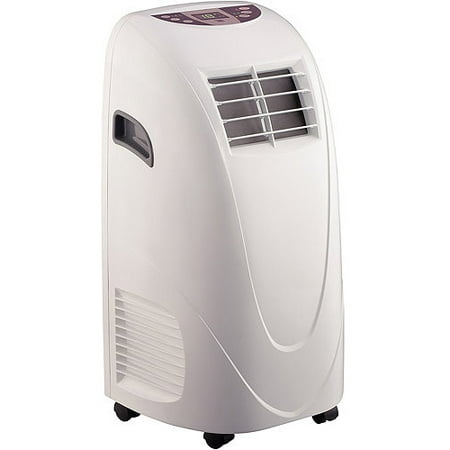Filtrete Advanced Allergen, Bacteria & Virus True HEPA Room Air Purifier Filter, F1
Our top of the line filter captures 99.97% of airborne particles from the air passing through the filter media**, including dust, allergens, bacteria and viruses. Designed with electrostatic air filtration, the Filtrete⢠Allergen, Bacteria & Virus True HEPA Filter traps particles 1000x smaller than the human eye can see. Say hello to cleaner, fresher indoor air. ** Initial efficiency value










F1 sizeCompatible with Filtrete⢠Room Air Purifier Devices FAP-C01-F1 and FAP-T02-F1Attracts and captures ultrafine particles, dust and lint, dust mite debris, mold spores and pollen, pet dander and moreHelps to maintain sufficient airflow, which is good for both your home and your Filtrete⢠Room Air Purifier deviceChange filter at least every 6 monthsBacked by 25+ years of filtration expertiseFor residential use only99.97% of airborne particles captured. (Disclaimer: from the air passing through the filter media. Initial efficiency value.)Filter Life: 6 months (Disclaimer: Based on 12 hours of operation per day)Filtrete⢠knows your home filtration needs are as unique as you are. Thatâs why weâve designed a family of room air purifier filters and devices to fit your lifestyle – from small to large rooms, from True HEPA, to odor defense – Filtrete has you covered





Reviews
There are no reviews yet.